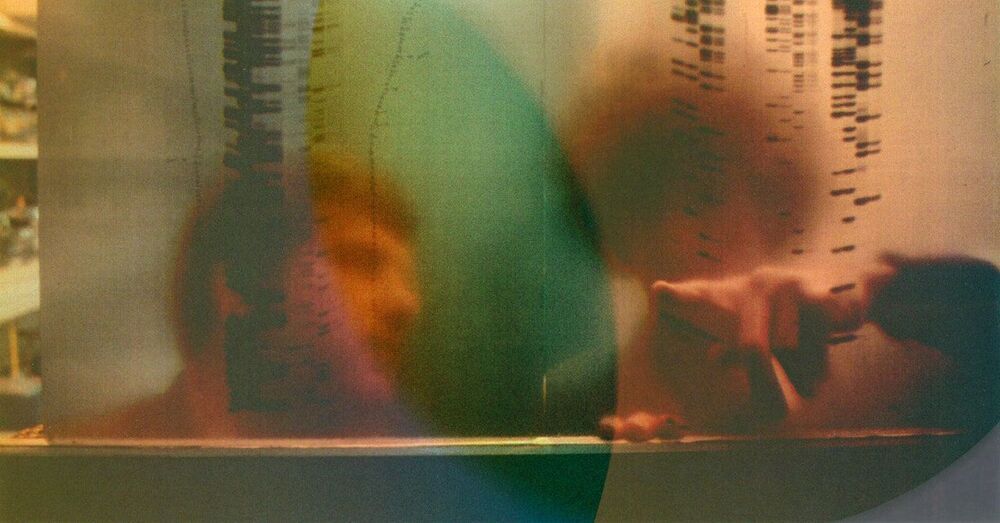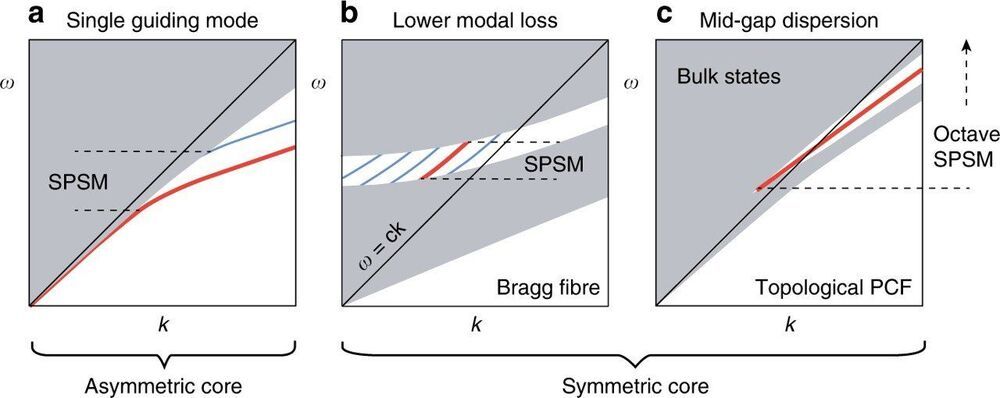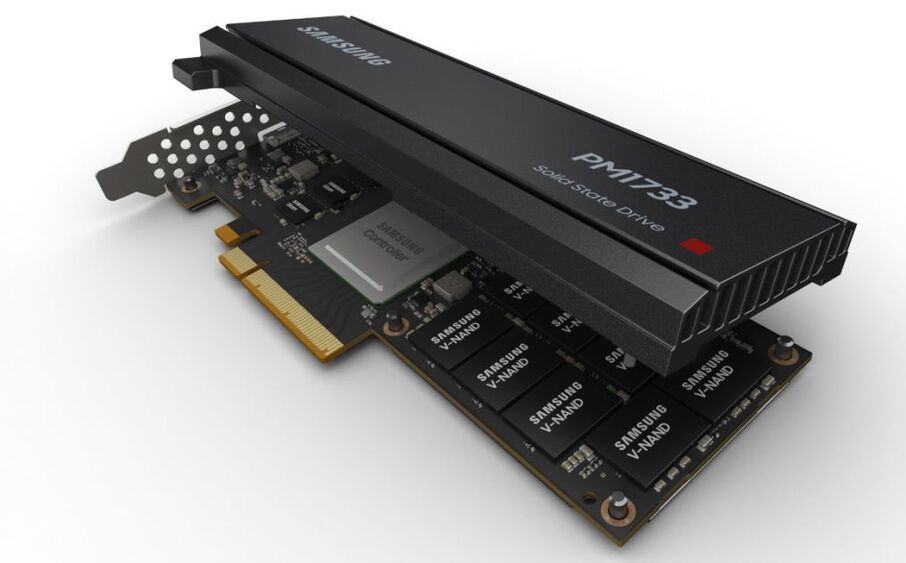😃
It seems Hyundai Austria put some information up a tad too early.



Summary: Study explores the role the reward system plays in chronic pain, finding emotional and physical pain are bidirectional. Opioids, researchers report, ultimately make things worse.
Source: University of Washington.
A broken heart is often harder to heal than a broken leg. Now researchers say that a broken heart can contribute to lasting chronic pain.


Optical fibres made of topological photonic crystals allow improved versatility and control across the modes and polarization of light they transmit. Compositionally, photonic crystals contain bandgaps to prevent the passage of light relative to specific wave energies and momenta much like an on/off switch. In a new report now published on Nature Light: Science & Applications, Hao Lin, and Ling Lu at the Institute of Physics at the Chinese Academy of Sciences transmitted pure “single mode” light across a large frequency range via a topological feature known as a “Dirac vortex.” The concept can lead to applications that transmit light signals more stably across long distances. While the work is theoretical at present, the researchers suggest the use of fibers made from silica based on stack-and-draw methods or three-dimensional (3D) printing technologies to fabricate and test these theoretical concepts.
Understanding the nodal lines and Weyl points in a photonic crystal fibre.
Photonic crystal fibres rely on the endless variety of two-dimensional (2-D) crystals for their functionality. The concept of topological photonics based on robust waveguides can inspire new fibre concepts including the development of a one-way fibre inside a magnetic, 3D photonic crystal. In this work, Lin and Lu introduced a topological photonic crystal fibre (PCF) resembling the Dirac vortex topological cavity in its cross-section using 2-D photonic crystals. The Dirac vortex fibre is an ideal design to develop ultrabroadband single-polarization single-mode (SPSM) fibres due to the singlet mid-gap dispersion within the bandgap. The scientists eased the fabrication step by introducing a simplified design of only four capillary silica tubes to finally achieve an octave-spanning SPSM.


This will help ensure that SSDs don’t suddenly just stop working one day. 😃 At least you get to back up your data.
It’s only available for data centers for now though. In the future, we may get our own when they perfect the technology.
If a NAND chip fails, these new SSDs detect it, move the data somewhere else on the drive, and keep on functioning.


Summary: Extraverts tend to use more “positive emotional” and “social process” words when communicating, researchers report.
Source: NTU Singapore.
A study by a team of Nanyang Technological University, Singapore (NTU Singapore) psychologists has found a link between extraverts and their word choices.

Nothing to see here, except a genius scientist in a gorilla suit, chasing another genius scientist around in a billion dollar orbital lab.